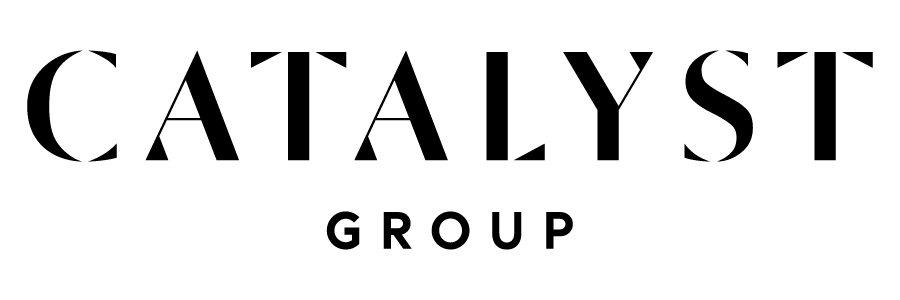Recently, the Federal Reserve (the Fed) announced a rate cut, which has significant implications for the economy and consumers alike. A Fed rate cut typically means that borrowing becomes cheaper, which can influence everything from mortgage rates to credit card interest. Let’s dive into what a Fed rate cut means, why it happens, and how it can impact your finances, followed by an example of how it could affect a loan.
Why the Fed Cuts Rates
The Federal Reserve adjusts interest rates as a tool to manage the economy. When economic growth slows, or inflation is lower than desired, the Fed might lower rates to encourage borrowing and investment. Lower interest rates make loans cheaper for businesses and consumers, which can stimulate spending and help boost economic activity.
Conversely, the Fed might raise rates when inflation is rising too quickly or the economy is overheating. But in the case of a rate cut, the goal is usually to make money more accessible, stimulate borrowing, and ultimately fuel economic growth.
How the Rate Cut Affects You
For everyday consumers, a Fed rate cut often translates into lower interest rates on loans, including mortgages, auto loans, and personal loans. Here’s how it can affect different aspects of your financial life:
Mortgages: If you’re looking to buy a home or refinance, a lower rate means your monthly payments could decrease. Fixed-rate mortgages may not change immediately, but adjustable-rate mortgages (ARMs) could see a decrease.
Credit Cards: Many credit cards have variable interest rates tied to the Fed’s rate. When the Fed cuts rates, your credit card’s interest rate could decrease, making it cheaper to carry a balance.
Savings Accounts: While borrowing becomes cheaper, savings rates often take a hit. You might notice lower interest rates on savings accounts and CDs, meaning you earn less on your deposits.
Auto and Personal Loans: Similar to mortgages, auto and personal loan rates may decrease, leading to lower monthly payments or making it more affordable to take out a loan.
Calculating the Impact of a Fed Rate Cut on a $450,000 Loan
Assume you have a 30-year fixed mortgage loan of $450,000 at an interest rate of 7.5%. After the Fed rate cut, mortgage rates drop to 6%. Here’s how that change would affect your monthly payments:
Before the rate cut:
Loan amount: $450,000
Interest rate: 7.5%
Loan term: 30 years (360 months)
Monthly payment (excluding taxes/insurance):
Using the mortgage payment formula, your monthly payment at 7.5% would be approximately $3,146.
After the rate cut: After the Fed rate cut, let’s say you refinance the loan at 6%. Your new monthly payment would be:
Loan amount: $450,000
Interest rate: 6%
Loan term: 30 years (360 months)
New monthly payment: $2,698
That’s a monthly savings of about $448. Over the course of a year, that’s $5,376 in savings, and over the 30-year loan term, you would save around $161,280 in total interest.
A drop from 7.5% to 6% on a $450,000 loan translates into a substantial savings of $448 per month. Over the life of the loan, you would save more than $160,000 in interest, making a Fed rate cut a powerful tool in reducing borrowing costs and easing financial burdens for homeowners.
Whether you're a first-time buyer or looking to make the most of the current market, reach out to us today. We’ll break down what these changes mean for you and guide you through every step of the process.
Contact us now to schedule a free consultation and get expert advice tailored to your financial goals!


